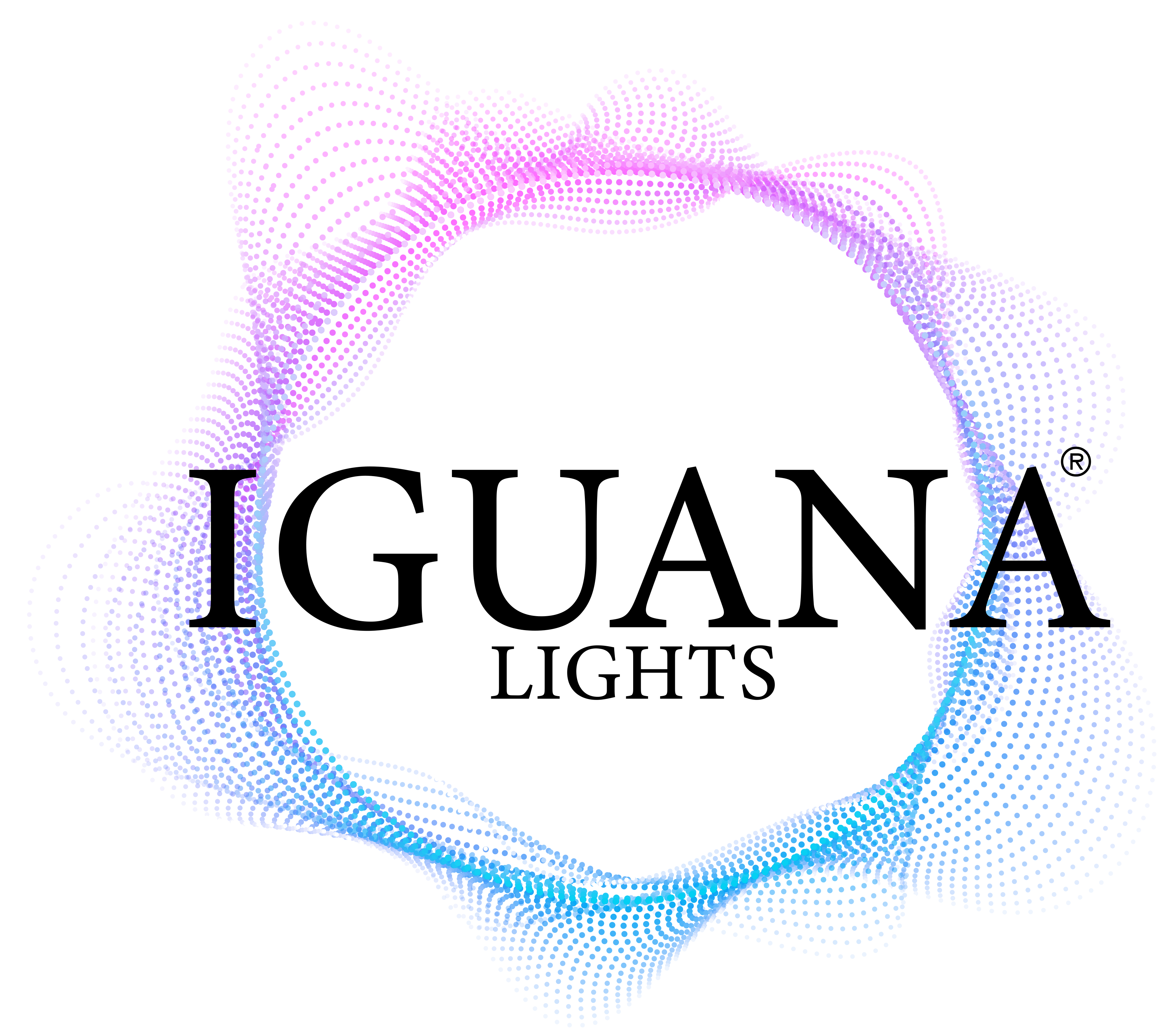A CD is considered a very safe investment and is insured up to $250,000 when purchased at a federally-insured bank. Should the saver need their money, they may be able to break the CD contract by paying a fee or interest penalty. When reported on financial statements, investments in these types of liquid accounts are often combined with cash and represent a company’s total holding of money and liquid investments.
A rising federal funds rate attracts investors away from Treasuries and toward higher-yielding investments. Because T-bill rates are fixed, investors tend to sell T-bills when the Fed raises rates because T-bill rates become less appealing. Longer-dated maturities pay higher returns than short-dated bills because there is more risk priced into the instruments, implying that interest rates may rise.
Current Ratio Vs Quick Ratio
As a result, T-bills are subject to interest rate risk, which means that existing bondholders may miss out on higher rates in the future. Even though T-bills have no default risk, their returns are typically lower than those of corporate bonds and some certificates of deposit. Cash and its equivalents are important sources of liquidity for businesses as they allow companies to quickly convert them into available funds when needed. Additionally, they help improve a company’s creditworthiness as creditors view them as a sign of financial stability.
Cash and cash equivalents are considered to be highly liquid assets, meaning they can be easily and quickly converted into cash without significant loss of value. As such, they are typically reported at their fair market value and are included in the calculation of a company’s working capital, which is an important measure of a company’s short-term financial health. Money market funds are considered cash equivalents because they are highly liquid, meaning they can be easily converted to cash without the risk of loss or significant fluctuations in value. They are also considered relatively low-risk investments because they invest in high-quality, short-term debt securities backed by the U.S. government or by highly regarded corporations.
What are Cash and Cash Equivalents?
In that case, the reported value of the assets in the functional currency will go up. Furthermore, the cash and cash equivalent line item is always treated as a current asset and is the first item listed on the assets side of the balance sheet. Even buying one-month Treasury https://personal-accounting.org/how-to-start-a-bookkeeping-business-in-9-steps/ bills may yield higher rates than what a company may get on their savings account. Cash yields also allows a company to strategically hold low-risk investments for future use while still attempting to preserve purchasing power better than holding cash directly.
They include such things as balances in savings accounts and money market funds, short-term certificates of deposit, and short-term government securities (e.g., treasury bills). Calculating cash and cash equivalents on a balance sheet is a simple process. The balance sheet provides a snapshot of the firm’s financial position at a particular time. All you need is to add up all cash balances and the business’s short-term investments. Cash and cash equivalents is a line item on the balance sheet, stating the amount of all cash or other assets that are readily convertible into cash. Any items falling within this definition are classified within the current assets category in the balance sheet.
What Makes a Financial Instrument a Cash Equivalent?
Both of these businesses are cyclical even if they are in secular growth industries. Investors in CDs may also be exposed to inflation risk, which can erode the purchasing power of their returns over time. In addition, the fixed interest rates offered by CDs may not keep up with inflation or market interest rates. They also help companies maintain healthy cash flow, which is important for meeting their financial obligations and keeping their operations running smoothly. The above extract from the financial statement of Tesla Inc. shows a cash and cash equivalent of $17,576. The cash-to-total asset ratio of the company is 9.95% which is not very significant.
It may be inefficient to sit on these resources instead of deploying them for company growth or rewarding investors with dividends. At the center of everything we do is a strong commitment to independent research and sharing its profitable discoveries with investors. This dedication to giving investors a trading advantage led to the creation of our proven Zacks Rank stock-rating system. Since 1988 it has more than doubled the S&P 500 with an average gain of +24.17% per year. These returns cover a period from January 1, 1988 through September 4, 2023.
Impact on the Firm
These financial instruments often have short maturities, highly liquid markets, and low risk. For simplicity, the total value of cash on hand includes items with a similar nature to cash. If a company has cash or cash equivalents, the aggregate of these assets is always shown on the top line of the balance sheet. This is because Cash vs Accrual Accounting For Non-Profits: Which is Right for Your Organization? are current assets, meaning they’re the most liquid of short-term assets.
- Common stock and preferred stock are two types of marketable equity securities.
- Holding cash and cash equivalents helps businesses to pay for such expenses on time, ensuring smooth business organization.
- Cash and cash equivalents (CCE) is usually reported on a company’s balance sheet as a separate line item and is used to calculate liquidity ratios such as the current ratio and the quick ratio.
- In either case, commercial paper is only issued by companies with high credit ratings.
If, on the other hand, a company invests in the equity of another company to acquire or control that company, the securities are not considered marketable equity securities. On its balance sheet, the company instead classifies them as long-term investments. The quick ratio considers only short-term assets when determining a company’s liquidity.
